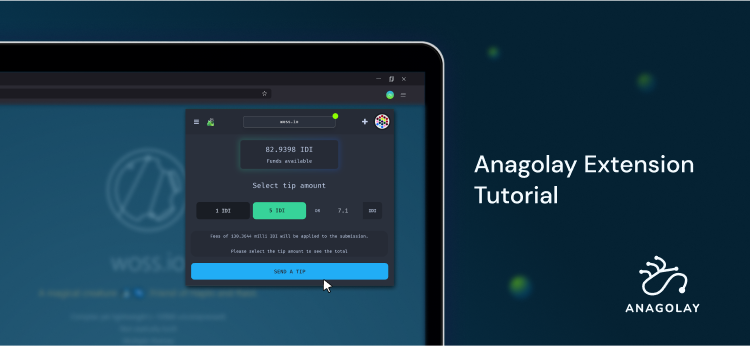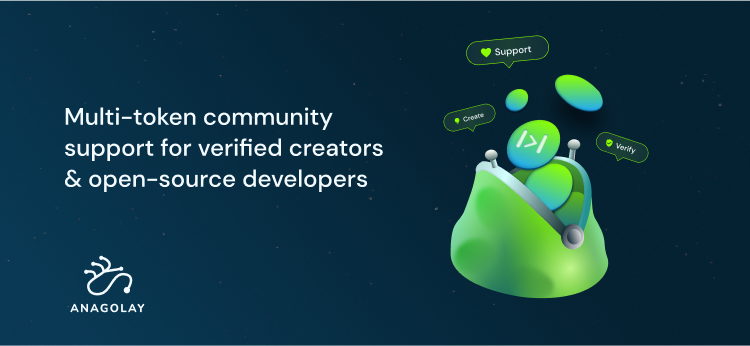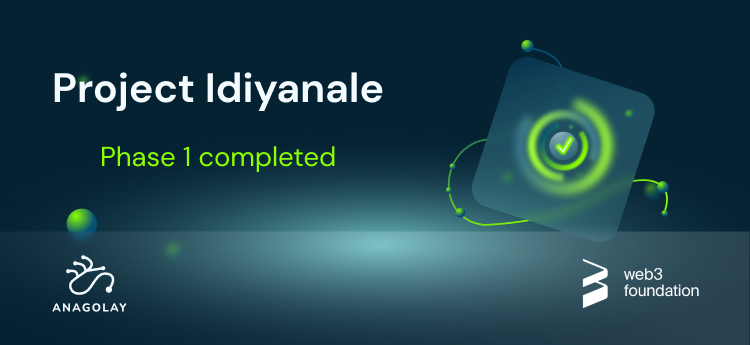
What have we done in 2022? In two words, A LOT!
Overall highlights
- we wrote and published Anagolay’s White Paper
- created six custom pallets to support Anagolay’s vision
- ran standalone testnet for 1 million blocks and 15 runtime updates without downtime
- migrated runtime source code from standalone node to parachain node
- rebranded 3 websites, including brand-new docs
- published 7 blog posts, and 7 demo videos
- built 4 web apps (svelte), including the chrome extension, aka Anagolay Wallet
- built and released first ever image processing service built on top of IPFS
- to support all the above, we built ~10 important libraries
The year 2022 was a year of refining the idea and finding a strong and immediately useful application of Anagolay technology. At the beginning of the year, we started with an ambitious goal of bringing a robust and scalable framework for rights management to the world.


